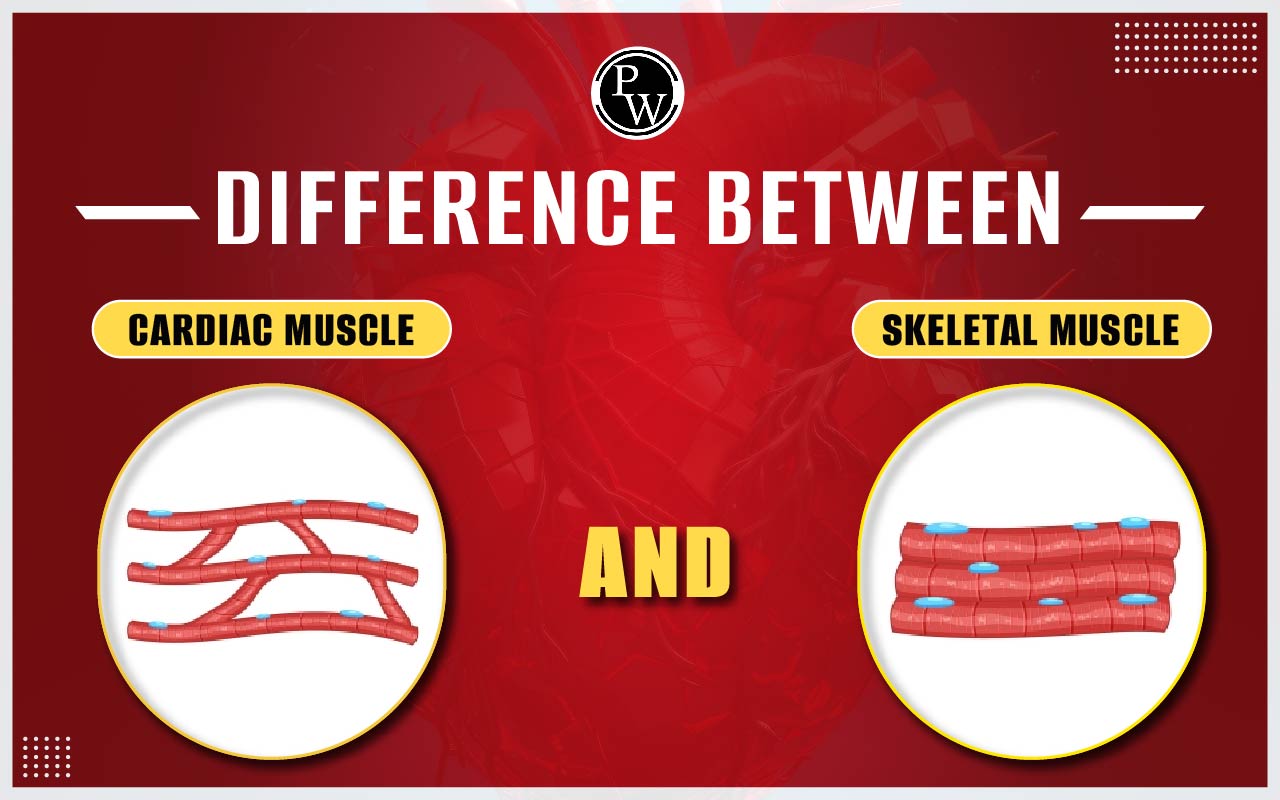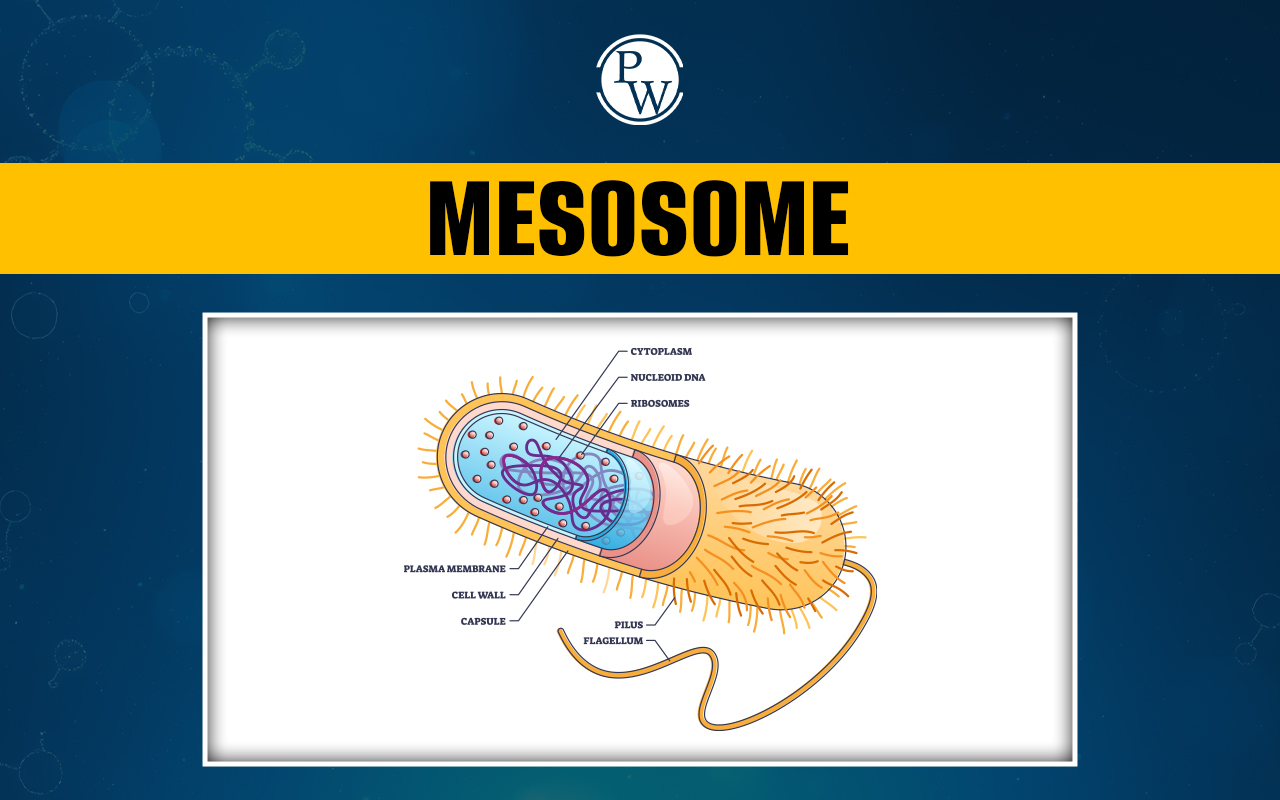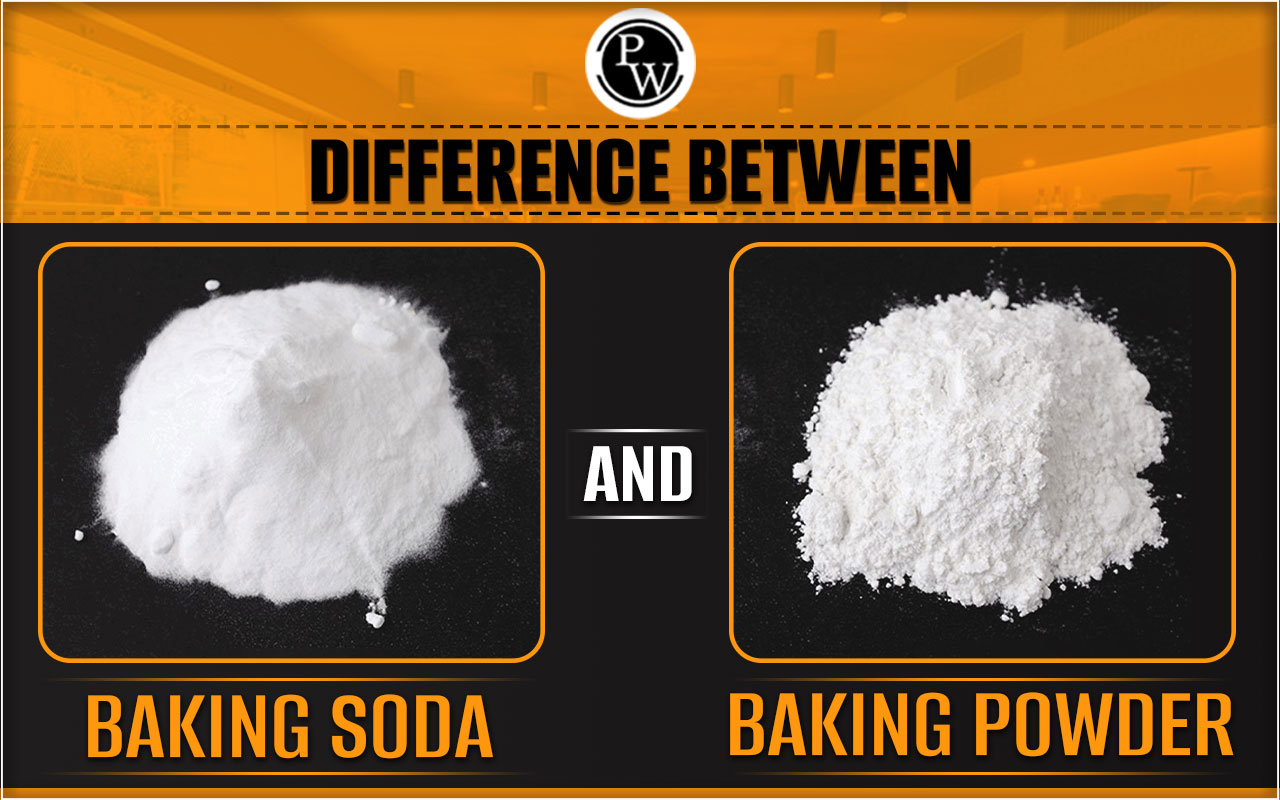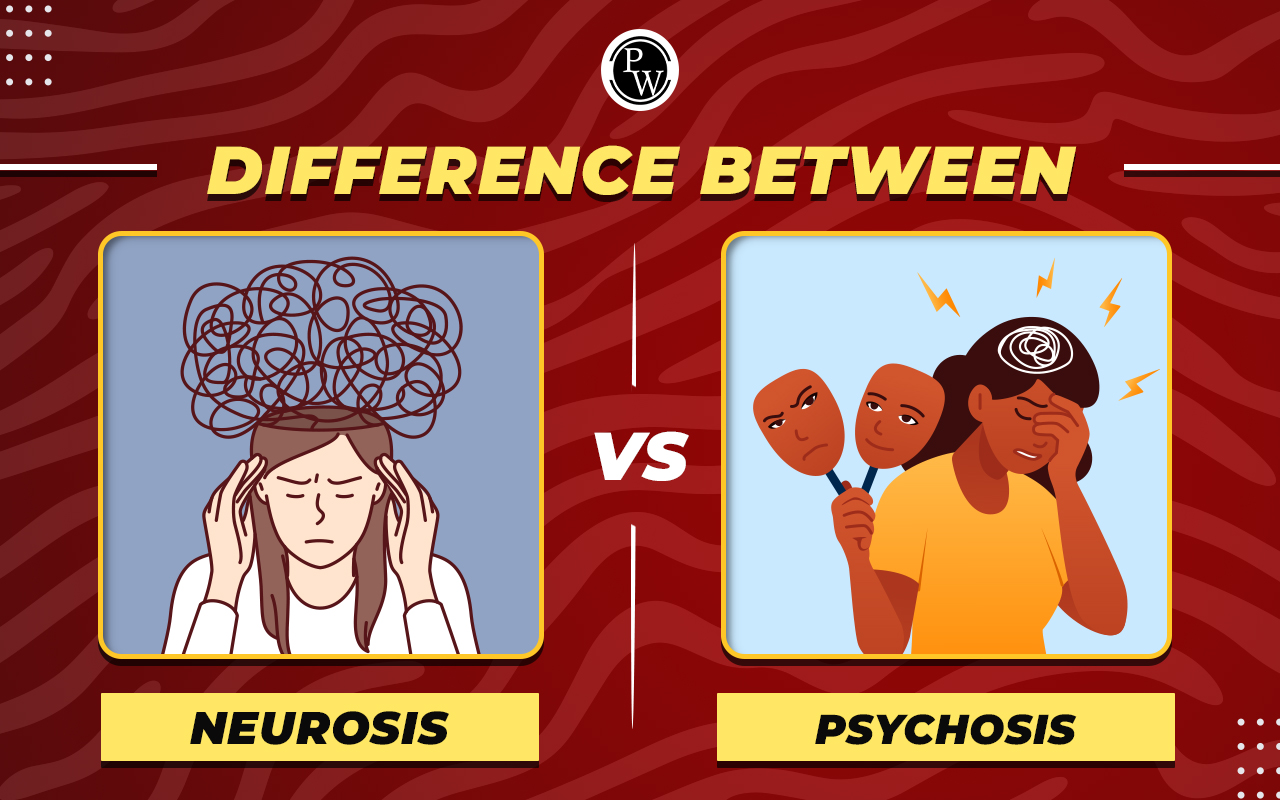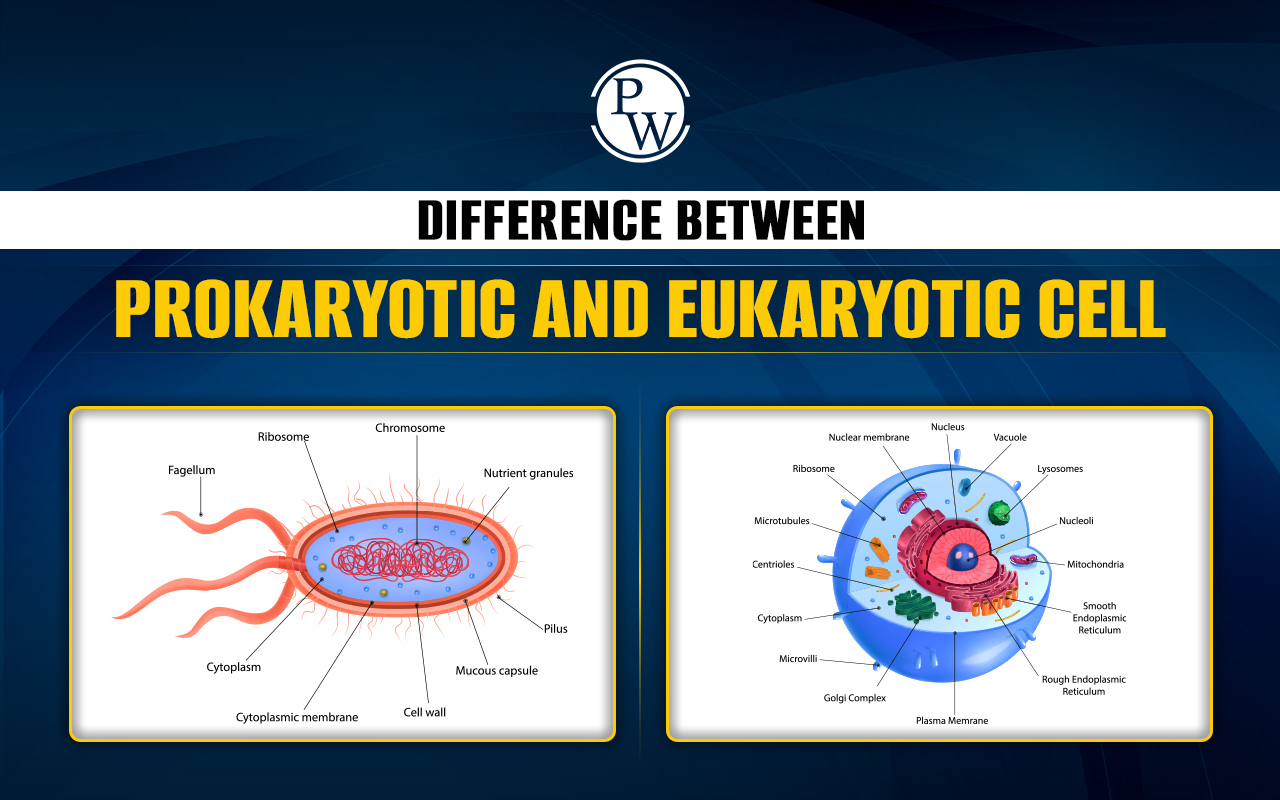
Types of Seeds: An early-stage plant covered by a protective outer layer is called a seed. Fertilized ovules give rise to seeds, which are essential to plant life. Depending on the plant species, a protective coat and an embryo consisting of a radicle, embryonic axis, and one or two cotyledons, are present in every seed. Fruits usually contain seeds, which when planted, can sprout into new plants. Plants grow from seeds through a process called germination. A seed is made up of three main parts: the seed coat, endosperm, and embryo. The detailed notes on topic seed and its types are provided below for NEET Exam preparation.
Sexual reproduction in flowering plants
What is a Seed?
Angiosperms have evolved several key features that aid in pollination. These include separate organs for gamete production and flowers with different colors and scents to attract pollinators. One of the most important adaptations is the evolution of seeds. Seeds are the most basic component of any plant and are responsible for the growth of new ones. They are formed from fertilised ovules and consist of an embryo and a seed coat.
The embryo, which can have a radicle, an embryonal axis, and one or two cotyledons, is the most basic form of a seed. When a seed from a fruit is planted, it germinates and grows into a new plant, making the seed vital to the plant's life cycle.
Pre Fertilisation – Structures And Events
Types of Seeds
Seeds can be divided into two main categories: albuminous and non-albuminous, based on their endosperm content. There are two types of mature seeds:
- Non-albuminous or exalbuminous seeds: These seeds do not have any remaining endosperm as it is completely used up during embryo development before the seed matures. Examples include peas, beans, groundnuts, and sunflowers.
- Albuminous seeds: These seeds retain some endosperm, as it is not fully utilized during embryo development. Examples include wheat, maize, barley, castor, rice, and coconut.
In some cases, remnants of the nucellus (as in black pepper and beet) can also persist. This persistent nucellus is known as the perisperm.
Flower – A Fascinating Organ of Angiosperms
Flowering plants produce two types of seeds:
- Dicotyledons (dicot) Seeds
- Monocotyledons (monocot) Seeds.
These seeds differ in the number of cotyledons, or embryo leaves, that they produce. Dicots have larger leaves with branching veins, whereas monocots have smaller, grass-like leaves with parallel veins. Dicot flowers typically have four or five petals, whereas monocot flowers have three petals.
Dicots and monocots have different root systems as well. Dicots have a taproot system, in which a main root produces smaller branches, whereas monocots have a fibrous root system composed of numerous root hairs.
Most seeds are dispersed by animals. After eating fruits, animals leave the seeds behind or pass them on in droppings. This allows seeds to spread to new areas and develop into new plants.
Sexual Reproduction in Flowering Plants MCQ
Dicotyledons (Dicot) Seeds
Dicot seeds, also called dicotyledon seeds, contain two embryonic leaves and cotyledons. They belong to one of the two classes of flowering plants. Examples of dicot seeds include bitter gourd, castor, mango, neem, night jasmine, papaya, and tamarind seeds.
Unlike monocotyledonous seeds, dicotyledonous seeds have two cotyledons. They consist of the following parts:
- Seed coat: The outermost layer of a seed, consisting of two layers, the outer testa and the inner tegmen.
- Hilum: A scar on the seed coat where the developing seed was attached to the fruit.
- Micropyle: A small pore above the hilum.
- Embryo: Comprising an embryonal axis and two cotyledons.
- Cotyledons: Often fleshy and containing reserve food materials.
- Radicle and Plumule: Located at the two ends of the embryonal axis.
- Endosperm: In some seeds like castor, the endosperm, formed through double fertilisation, is a tissue for storing food. In seeds like bean, gram, and pea, the endosperm is absent in the matured seed, known as non-endospermous.
Monocotyledons (Monocot) Seeds
Monocot seeds have a single embryonic leaf, known as a cotyledon. When they sprout, they produce a single leaf on the shoot. Corn, wheat, and rice are good examples of monocot seeds. The embryos of these seeds have only one large cotyledon, the scutellum, which is shield-shaped and located to one side of the embryo axis. Monocotyledonous seeds, as the name suggests, have only one cotyledon and a single layer of seed coat. They consist of several parts:
- Seed Coat: In cereals such as maize, the seed coat is membranous and usually fused with the fruit wall, also called the hull.
- Endosperm: This is a large part that stores food. Most monocotyledonous seeds contain endosperm, but others, such as orchids, do not.
- Aleurone layer: The aleurone layer separates the embryo from the outer endosperm.
- Embryo: The embryo is small and located in a groove at one end of the endosperm.
- Scutellum : Scutellum is a large, shield-shaped cotyledon.
- Plumule and Radicle: The plumule and radicle serve as the ends of the embryonic axis.
- Coleoptile and Coleorhiza : These are sheaths that surround the plumule and radicle.
Seed Formation
The hardening of ovule integuments produces tough, protective seed coats. The seed coat retains a small pore called a micropyle, which allows oxygen and water to enter during germination. As seeds mature, their water content decreases to approximately 10-15% moisture by mass. The embryo's metabolic activity slows at this stage and may go into dormancy. Seeds germinate under favorable conditions (adequate moisture, oxygen, and temperature).
Advantages of Seeds
The following are the advantages of seeds:
- Reliability: Seeds are more reliable because they do not require water for pollination and fertilization.
- Adaptability: Seeds have effective dispersal strategies for new habitats, which aids species colonisation.
- Nourishment: Seeds contain enough food reserves to sustain young seedlings until they can photosynthesise independently.
- Protection: The hard seed coat protects the developing embryo.
- Genetic Diversity: Seeds, as products of sexual reproduction, generate new genetic combinations, resulting in variations.
Seed Viability
Seed viability varies greatly across species. While some species' seeds perish within months, many species' seeds last for several years. Some seeds can be viable for hundreds of years. A lupine seed (Lupinus arcticus) that sprouted and flowered after an estimated 10,000 years of dormancy is one of the astonishingly old and viable seeds that have been documented.
Another example is a 2000-year-old viable date palm seed (Phoenix dactylifera) discovered during an archaeological dig at King Herod's palace near the Dead Sea. Orchid fruits contain thousands of tiny seeds, as do the fruits of certain parasitic species such as Orobanche and Striga.
PW's NEET Online Coaching will help you prepare for NEET. Our courses are tailored for NEET aspirants, offering comprehensive preparation. We provide comprehensive learning through live NEET classes, PDF notes, and daily practice problems with video solutions. PW offers well-planned study materials to students beginning their NEET UG preparation.
| NEET Exam Important Links | |
|---|---|
| NEET Biology Syllabus | NEET Biology Diagrams |
| NEET Biology MCQ | NEET Biology Chapter wise Weightage |
| NEET Biology Notes | NEET Previous Year Question papers |
Types of Seeds FAQs
What are the two types of seeds?
How are seeds classified?
What are the seven types of seeds?
What are the two main groups of seed plants?
How many groups of seeds are there?



